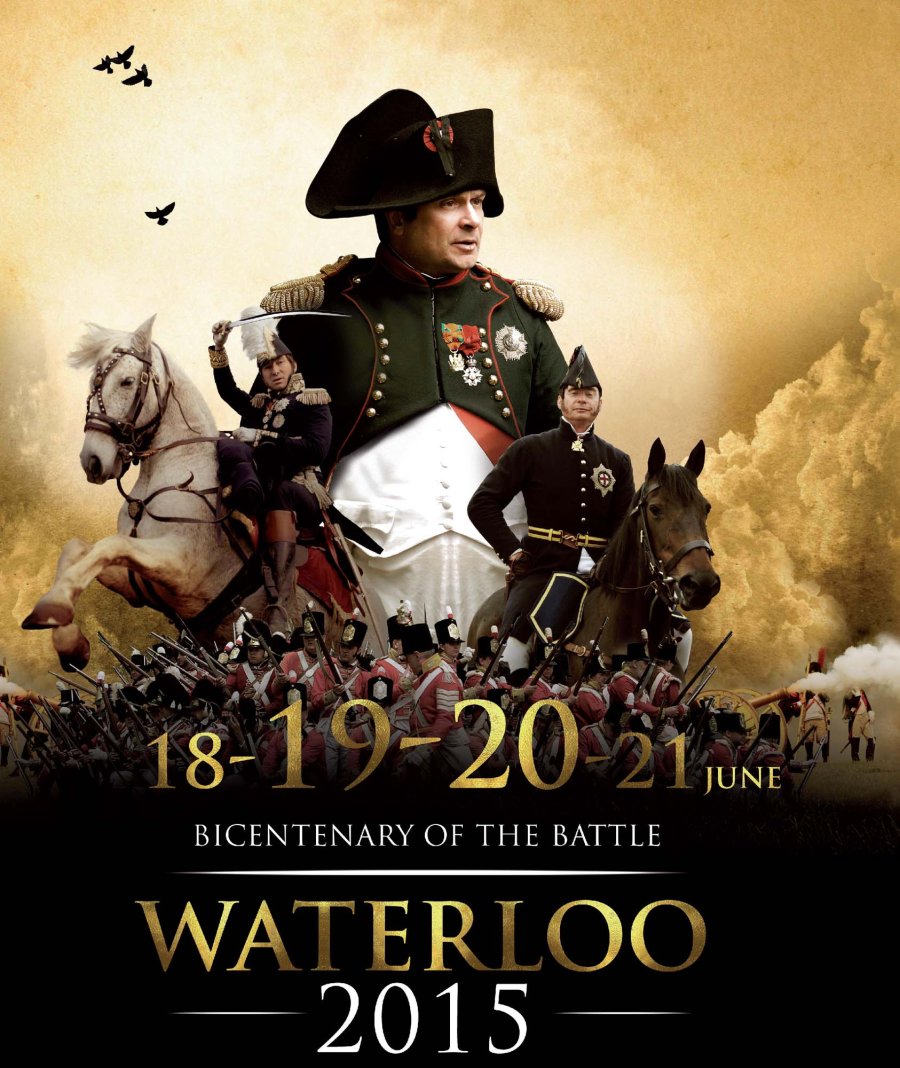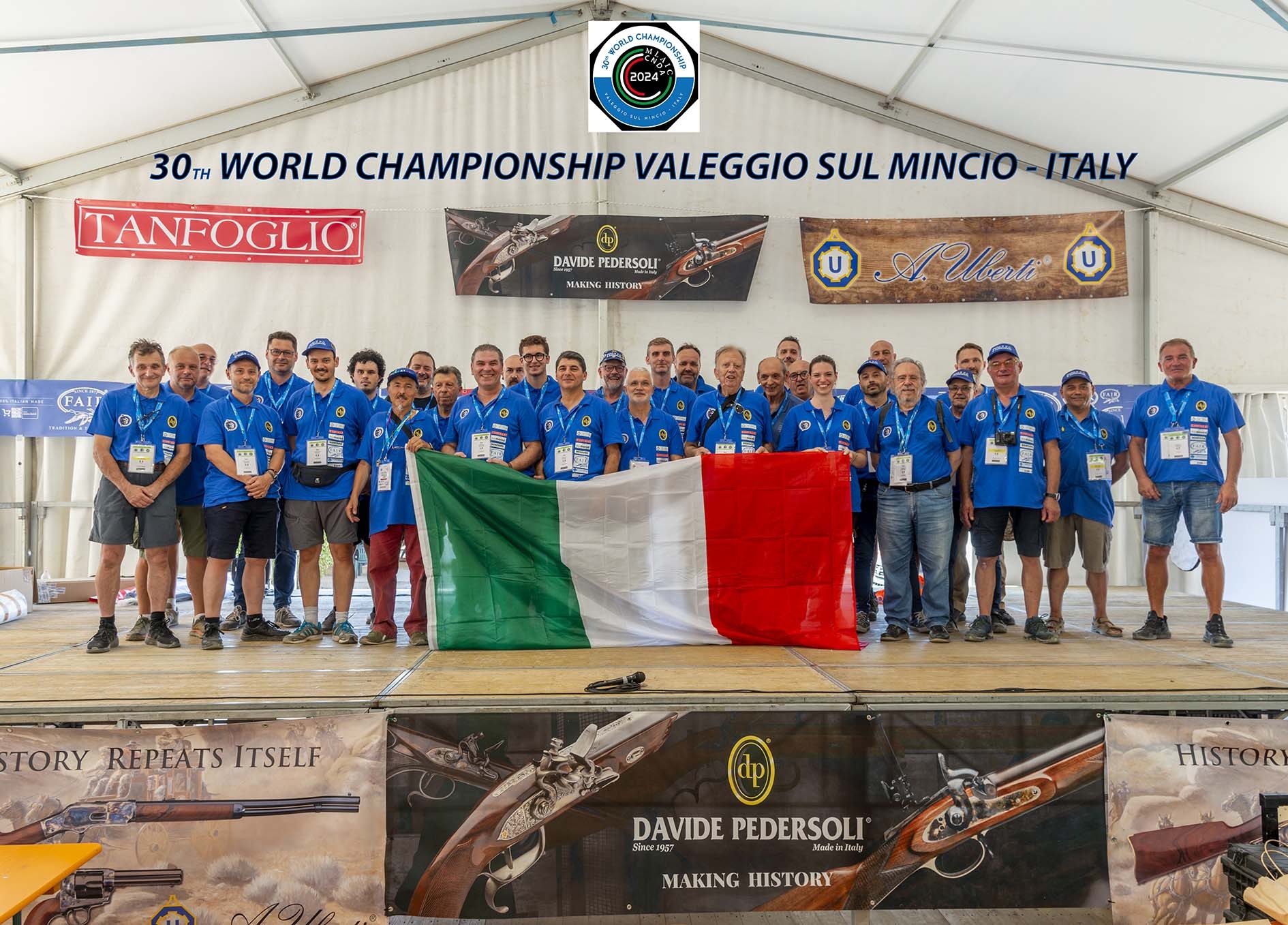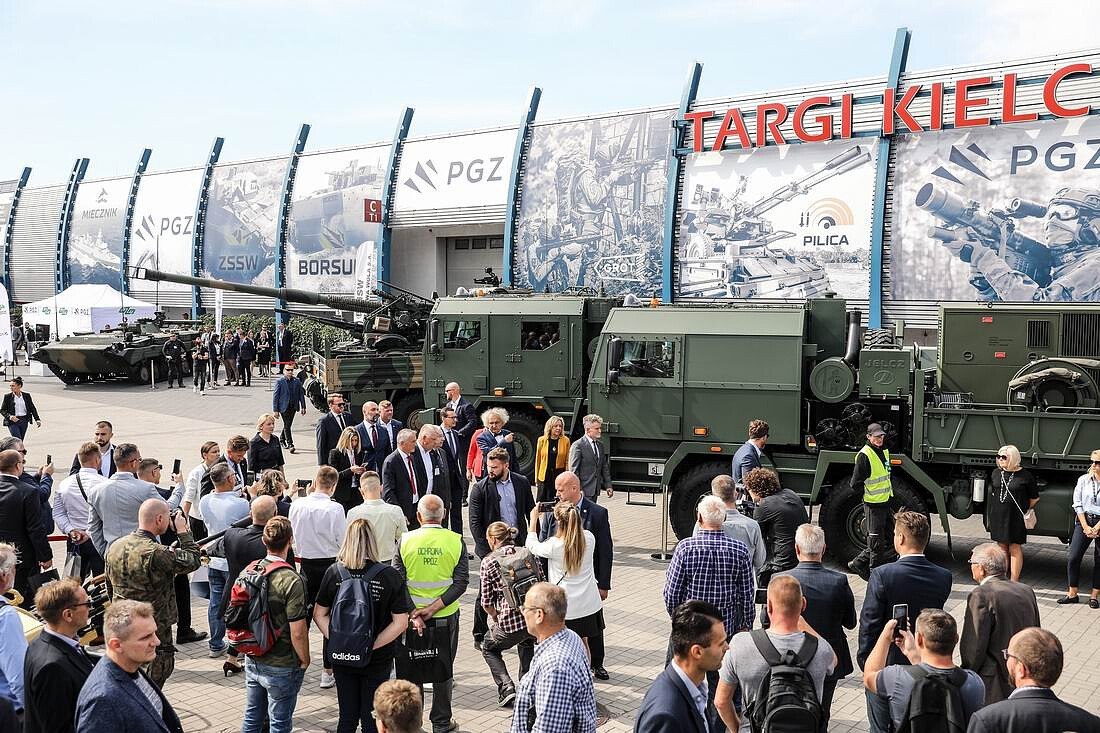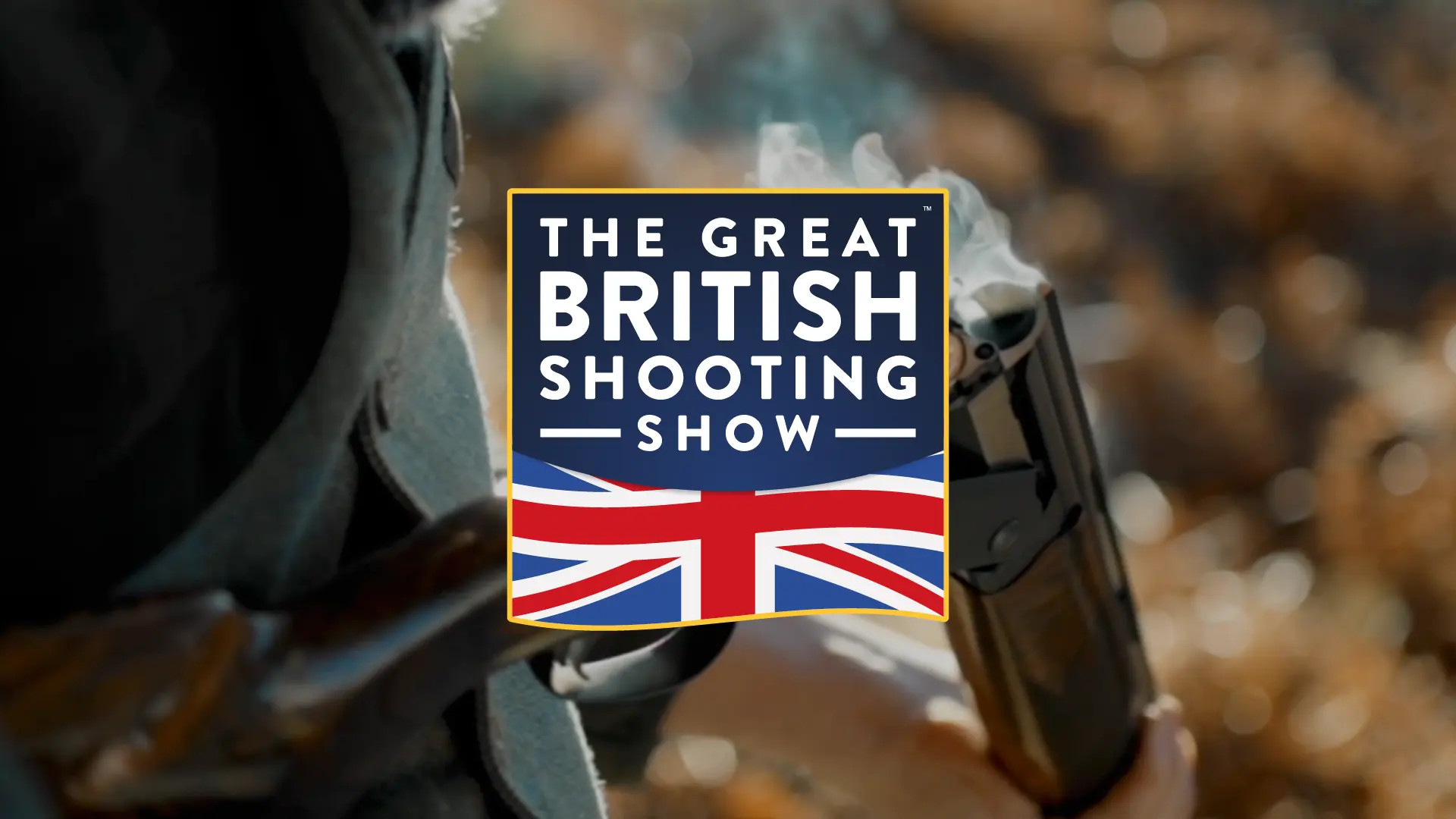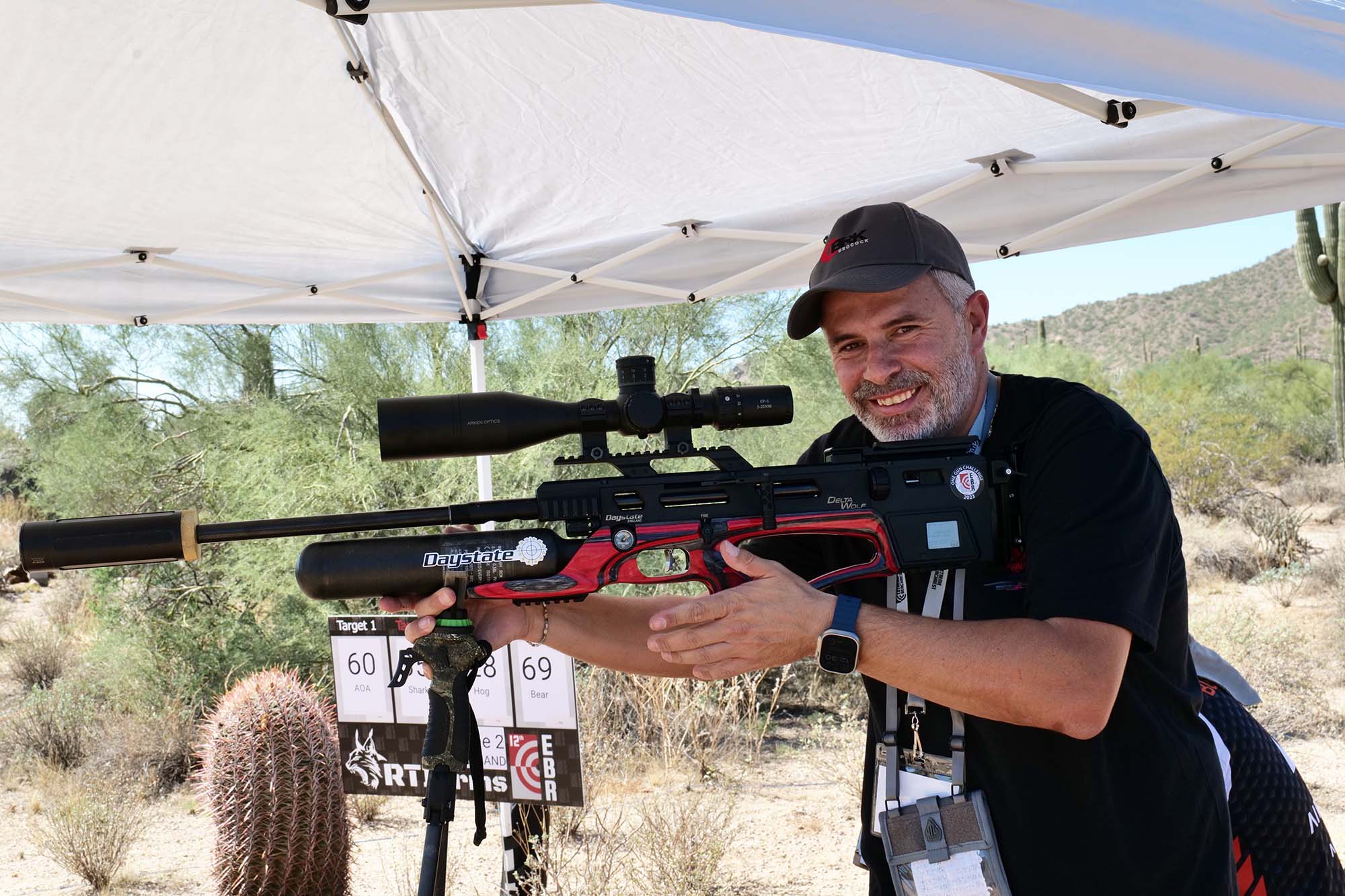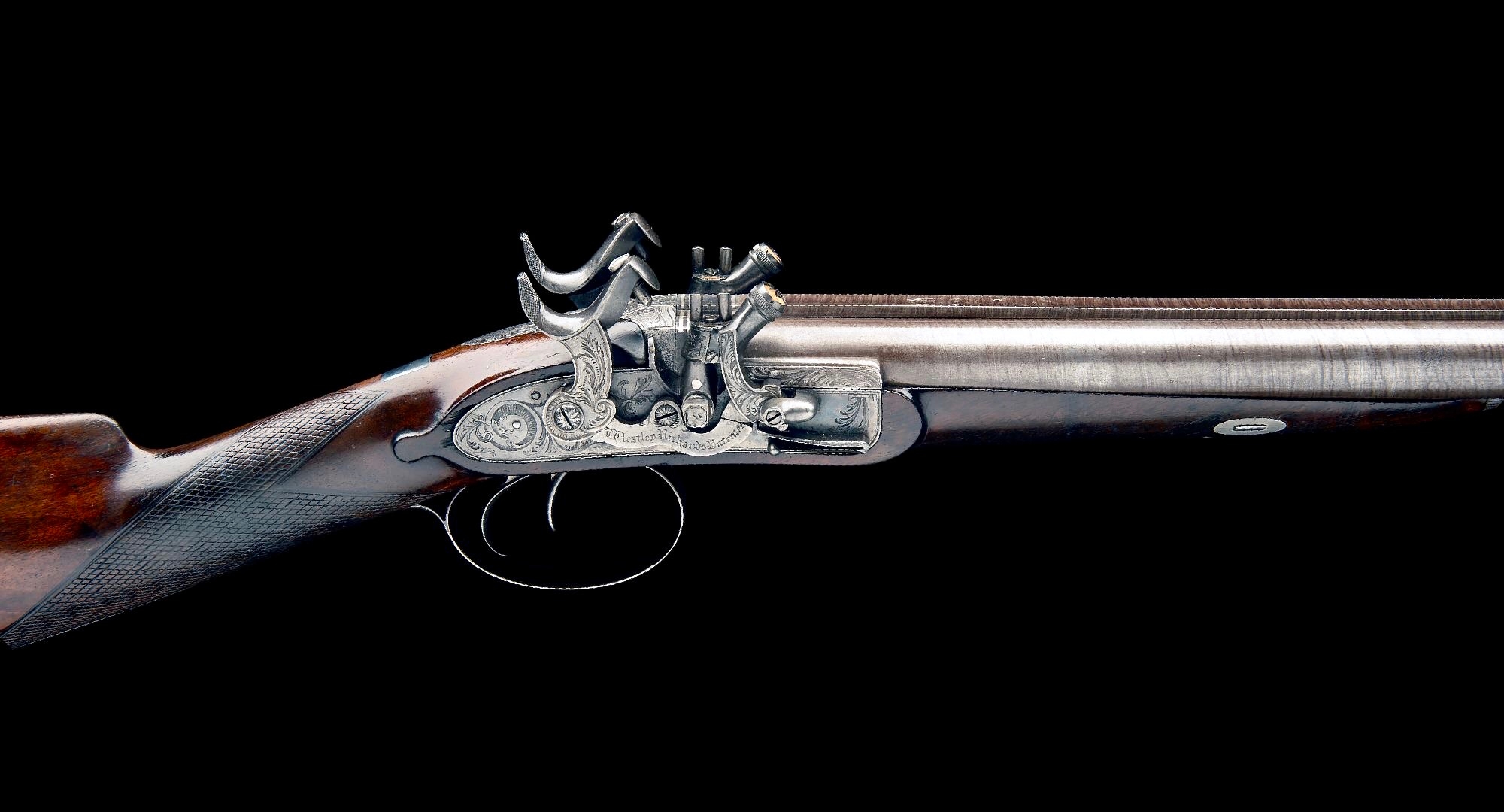On June 18th thru 21th, 2015 − for the bicentennial of the battle of Waterloo − the same battlefield, which has remained basically unaltered ever since, will host an enormous reenactment of Napoleon Bonaparte's last military engagement, with over five thousands participants, three hundred horses and one hundred cannons − all open for the public to see.
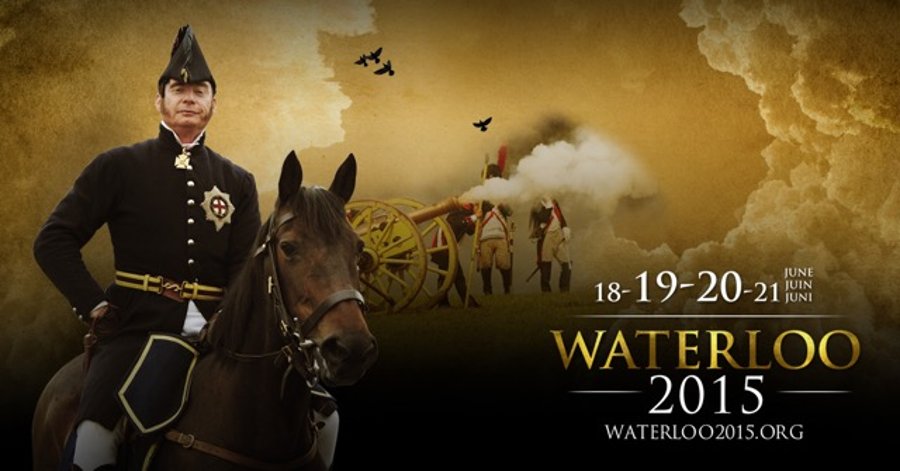
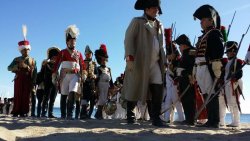
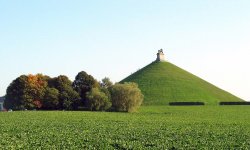
This will be the biggest reenactment show ever held in Europe.
It couldn't be otherwise, actually, considered the historic importance of the battle that put the final nail in the coffin of the Napoleonic era and marked the start of the Restoration and the return of the Ancien Régime in Europe-
Considerable efforts were put in place to organize reenactors and props to provide the most possibly realistic and faithful reconstruction of a clash that saw two armies − the French Imperial army and the British-German-Dutch alliance, 140.000 men with over 400 cannons, plus about 48.000 backup Prussian troops that joined the battle later in the day and were in fact instrumental to defeat the French forces − face each others in a field that separated them by merely eight hundred meters, truly "close quarters" by the canons of the day.


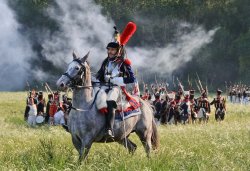
The celebrations will start on June 18th with Inferno, a poetic interpretation of the battle of Waterloo in twelve tableaux in which the imagination, noises and colors play a central role.
On June 19th, the celebrations will reach their peak with thousands of reenactors taking place in "The French onslaught" − the first attack of over 70 thousands French Imperial frontline infantry, which charged the central position of the British-German-Dutch armies on the cry of “vive l’Empereur!”.
On June 20th, the celebrations will move to the Hougomont fortified farm, on the right side of the armies led by the supreme commander of the Coalition, the Duke of Wellington; it was located in a strategic position, and all through the battle it saw an extensive bloodshed taking place in its surroundings as the French troops tried multiple times to capture it, all to no avail.
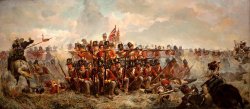
From his observation point, Napoleon Bonaparte in person could clearly see the Hougomont fortified farm, and all throughout the day he sent in troops (33 batallions, up to 14 thousands men!) in a vain attempt to to force the British-German-Dutch allied armies away from there. Still today, the farm retains most of the look it had on June 18th, 1815.
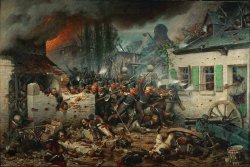
In its court (missing the old wooden door of the era), at the right of the farmouse and right close to the chapel, the second reenactment − "The allied response" − will take place.
Finally, all throughout the four days of the reenactment event, the "Biouvacs" area will be open for the public to visit: a wide thematically-organized space, it will provide a historically-accurate reconstruction of the logistics and of the daily life in the military camps of the era, and of what it could have looked like to see the great armies of the Napoleonic wars gearing up and awaiting for the great battle to break out.
For further informations and ticket sales, visit:
www.waterloo2015.org
